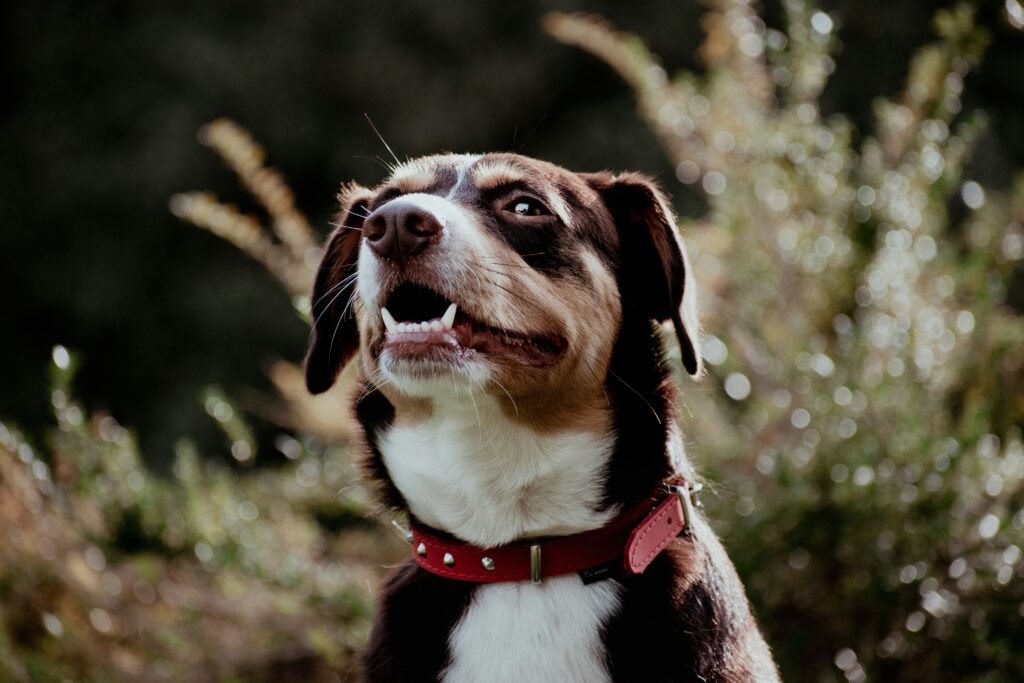Best Dental Chews and Toys: Do They Really Work?
If you’ve ever stood in the pet store aisle wondering which dental chew or toy to buy, you’re not alone. There are countless products claiming to clean teeth, freshen breath, and promote gum health — but do they really work?
Today, we’ll break down what makes a good dental chew or toy, how they help, and what to watch out for to keep your pup’s teeth healthy and safe.
How Dental Chews Work
Dental chews can help:
✅ Scrape away soft plaque before it hardens
✅ Stimulate the gums
✅ Freshen breath
✅ Provide satisfying chewing activity
The key is mechanical action: the act of chewing creates friction against the teeth, which helps clean the surface and massage the gums.
 What Makes a Good Dental Chew?
What Makes a Good Dental Chew?
Look for:
✔ VOHC (Veterinary Oral Health Council) seal of approval
✔ Appropriate size for your dog
✔ Texture that encourages chewing without breaking teeth
✔ Limited, high-quality ingredients
Avoid:
❌ Hard chews like cooked bones or antlers, which can fracture teeth
❌ Highly processed, sugary treats
❌ Chews too small for your dog, creating choking hazards
Dental Toys: Are They Worth It?
Dental toys also use chewing action to clean teeth and exercise the jaw. Some toys are designed with:
-
Ridges and grooves to help remove plaque
-
Treat-dispensing features to encourage longer chewing
-
Durable rubber or nylon construction
Supervision is key to prevent pieces from breaking off and becoming a choking risk. Rotate toys regularly to keep your dog interested.
Limitations of Chews and Toys
While dental chews and toys can be helpful tools, they aren’t a replacement for tooth brushing. They work best as a supplement to regular brushing and professional cleanings. Think of them as an extra boost, not the primary defense.
 Safety First
Safety First
✅ Always monitor your dog with a new chew or toy
✅ Choose size-appropriate products
✅ Replace toys that become worn or damaged
✅ Talk to your vet about the best options for your dog’s breed and dental needs
Conclusion
Dental chews and toys can absolutely help support your dog’s oral health — if you choose wisely and use them alongside brushing. Combining these tools with routine vet checkups is the best way to keep your dog’s smile sparkling and their mouth pain-free.



